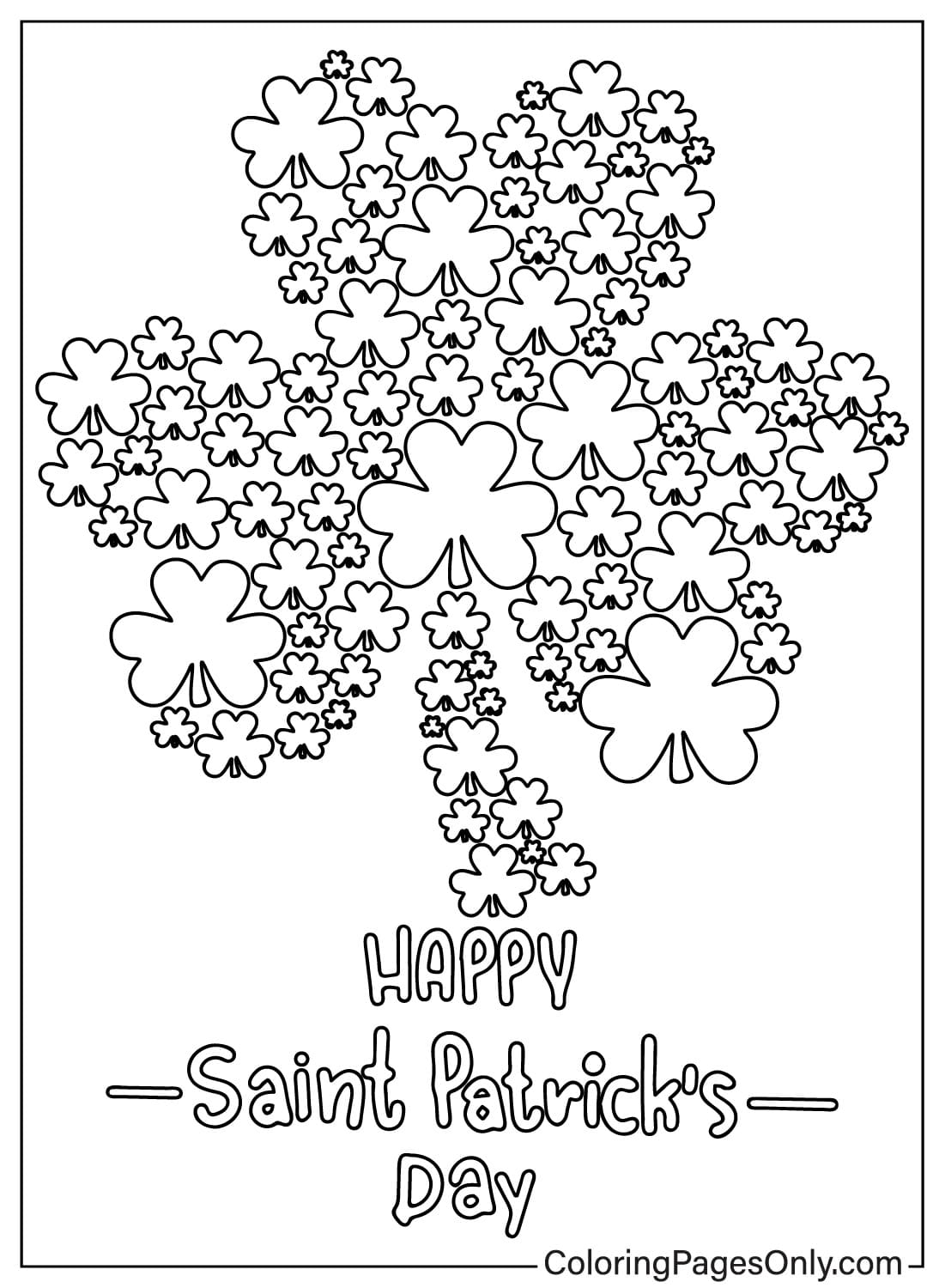Gallery
Photos from events, contest for the best costume, videos from master classes.
 |  |
 |  |
 |  |
 |  |
 | |
 |  |
Saint Patrick’s Day, feast day (March 17) of St. Patrick, patron saint of Ireland. People of that country celebrate the day with religious services and feasts, but Saint Patrick’s Day has transformed into a largely secular holiday of revelry in other parts of the world. “When Ireland became an independent dominion, and they started making their own laws, one of the first things they did was ban the sale of alcohol on St. Patrick's Day,” McDevitt said. “From the mid 1920s through the early 1960s, St. Patrick's Day was a dry day. The pubs are closed. You can't sell alcohol. People get up and they go to March 17th Is a Day of Memorial . The day we typically recognize as St. Patrick's Day is considered the day of the saint's death, thought to have taken place between 461-493 C.E. Various sources The Truth About St. Patrick: 10 Surprising Facts Updated / Saturday, 15 Mar 2025 07:00 St. Patrick is one of the most celebrated figures in Irish history, but his story remains shrouded in myth 7. What mythological being is a part of St. Patrick's Day lore and Irish culture? Answer: Leprechauns . 8. Where was the first St. Patrick's Day parade in Ireland held in 1903? Answer: Waterford Drinking on this day has become a strong St Patrick’s Day tradition. 21. St Patrick’s Day is a national holiday in both Ireland and North Ireland. It is a provincial holiday in the Canadian province of Newfoundland. 22. World’s shortest St Patrick’s Day parade is held in Arkansas, which runs for a total of 98 feet. 23. St Patrick’s Day around the world. St Patrick’s Day is widely recognised throughout the United States as a celebration of Irish and Irish-American culture. The biggest St Patrick’s Day parade in the world is in New York City. Elsewhere in the States, the Chicago River is dyed green with an eco-friendly powder, an event that dates back to March 17 is primarily known worldwide as St. Patrick’s Day, the vibrant celebration that honors Ireland’s patron saint and cultural heritage. On March 17th annually, St. Patrick’s Day is celebrated globally with vibrant parades, lively festivals, and the widespread tradition of wearing green attire. St. Patrick’s Day is a global celebration of Irish culture that takes place annually on March 17, the anniversary of the patron saint of Ireland's death in the fifth century. The holiday has The short answer: Irish people came to America and brought their culture with them. St. Patrick's Day observances date back to before the founding of the U.S., in places like Boston and New York City. St. Patrick’s Day, celebrated on March 17 each year, is known for its parades, shamrocks, and a whole lot of green. It’s a day when people around the world embrace Irish culture — whether they have Irish heritage or not. But behind all the revelry, St. Patrick’s Day has a deep and fascinating history that goes far beyond the modern celebrations. Some of the traditions we associate with If caught, they would have to grant three wishes in order to gain their freedom. Leprechauns became the most famous of the Celtic fairies and are thus closely associated with Ireland and St. Patrick’s Day today. 9. The First St. Patrick’s Day Parade was in the United States A modern-day St. Patrick’s Day parade in New York City. Source New York City and the First St. Patrick’s Day Parade One of the earliest St. Patrick’s Day celebrations in America took place in Boston in 1737, when a group of Irish Protestants gathered to Now, St. Patrick's Day is a global holiday celebrated by people of all backgrounds with more than 100 parades celebrated in the United States alone. This article was written by Alysa Conway, Graduate Administrative Assistant for the Department of African American Studies and M.A. Candidate in Education Policy and Leadership at the University of One of the most controversial aspects of Saint Patrick’s legacy is the question of whether he was racist towards the indigenous people of Ireland. Some historians point to passages in his own writings where he refers to the Irish as “barbarians” and “heathens,” suggesting a sense of superiority and disdain towards the native population. On the island of Montserrat in the Caribbean, St. Patrick’s Day is a 10-day celebration, complete with drag races and fashion shows. That’s because on Montserrat, St. Patrick’s Day is more than just a holiday, it commemorates Black history. In response to the earliest St. Patrick’s Day parades, American newspapers portrayed the Irish people who marched in the parades as “drunk, violent monkeys,” according to History.com. In the modern day, I think this cultural association has stuck, which is why we associate St. Patrick’s Day so strongly with heavy drinking. St. Patrick was born in Britain to wealthy parents in the late 4th century. He was kidnapped at the age of 16 and taken to Ireland as an enslaved worker. While in captivity, he became a devout How did an Irish saint’s day become an American thing? The short answer: Irish people came to America and brought their culture with them. St. Patrick’s Day observances date back to before the founding of the U.S., in places like Boston and New York City. The first parade was held in Manhattan in 1762. St. Patrick’s Day: History, Traditions & Fun Facts St. Patrick’s Day is one of the most widely celebrated cultural and religious holidays around the world. What started as a solemn feast day in honor of Ireland’s patron saint has transformed into a global festival filled with parades, music, dancing, and a whole lot of green.
Articles and news, personal stories, interviews with experts.
Photos from events, contest for the best costume, videos from master classes.
 |  |
 |  |
 |  |
 |  |
 | |
 |  |